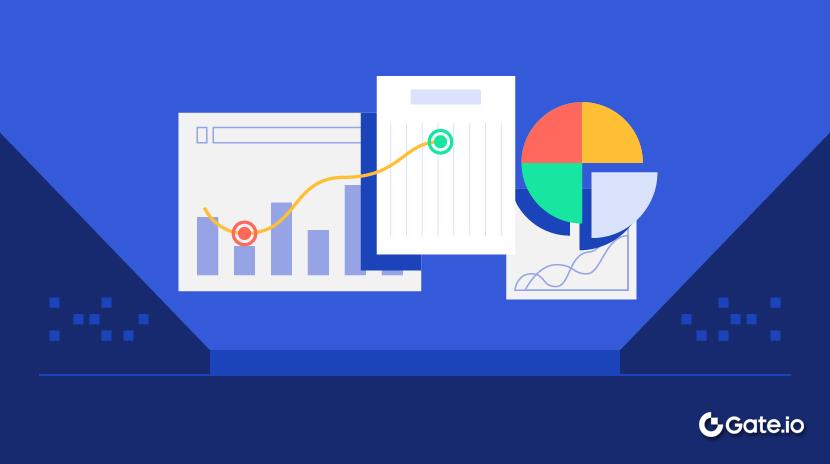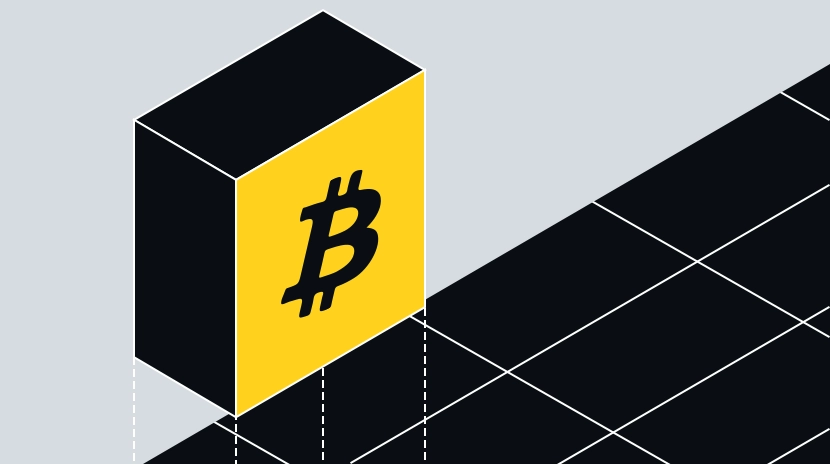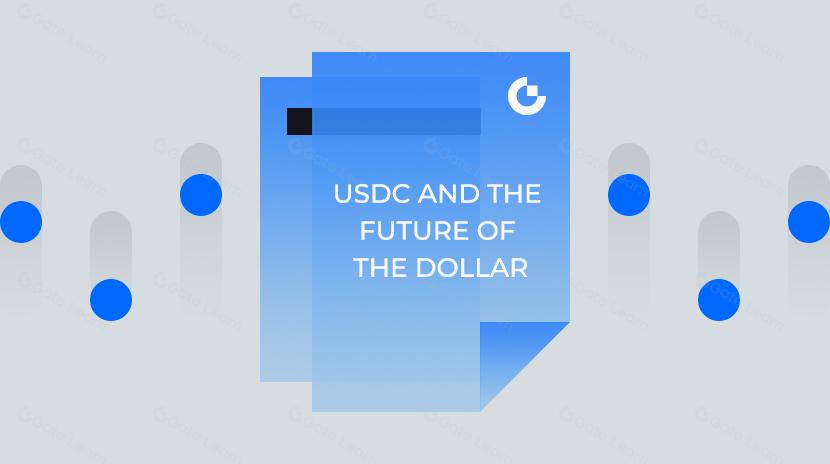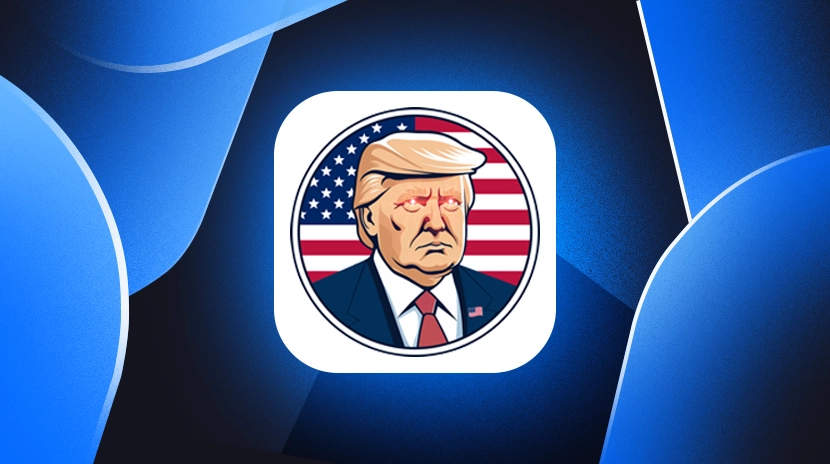Market Detective: Descubriendo el Verdadero Impacto de los Aranceles
Durante los últimos dos días, aquellos que se perdieron oportunidades en el mercado, vengan aquí. Al analizar el mercado y su dirección futura, 'aranceles' y 'comercio' parecen haberse convertido en palabras populares en boca de los blogueros hoy en día. Sin embargo, la verdad es que muchas interpretaciones de los aranceles son inexactas. Este artículo partirá de la economía rigurosa y mostrará a todos el verdadero impacto de los aranceles, ¡para que no nos dejen llevar por las narices! Al mismo tiempo, también ayudará a todos a formar algunas opiniones sistemáticas sobre la etapa actual del mercado.
Este artículo es la pieza más rigurosa y académicamente rica que he producido. Profundizaremos en las percepciones aportadas por la guerra comercial de 2018, que implica una gran cantidad de conocimiento económico.
Sé que hay un dicho de que cuando usas una fórmula más, perderás el 30% de tus lectores. Pero por favor, no te preocupes en absoluto, definitivamente te lo explicaré en un lenguaje sencillo. Está totalmente bien si no entiendes las fórmulas económicas. Continuaremos centrándonos en la lógica como siempre. Después de entender la lógica, al menos podrás salir y presumir.
Verdad 1, los precios pegajosos
Cuando se trata de aranceles, muchos bloggers comenzarán de inmediato a analizar el exacerbarse de la inflación y el aumento de los precios. Sin embargo, Wang, que entiende, dijo en la conferencia de prensa hace dos días: 'Los precios del petróleo y la energía han caído, y casi todos los costos (comestibles y [huevos]) han caído, con casi nada de inflación'.
¿Qué está pasando aquí? ¿No debería haber inflación de precios después de imponer aranceles? ¿Podría ser que simplemente esté loco? ¿O hay algo mal con nuestro análisis?
La respuesta es ambas, Trump es de hecho un anciano espiritual, pero la verdad es que los aranceles no se reflejarán inmediatamente en los precios. Al contrario, los precios son rígidos a corto plazo.

Vemos la imagen de arriba, que representa los cambios de precio de los bienes dentro de 400 días antes y después de los aranceles. El lado izquierdo muestra la tendencia de precio absoluto, mientras que el lado derecho muestra la tasa de inflación anual de los bienes. ¿Qué significa la tasa de inflación? Significa cuánto ha subido o bajado anualmente el precio de los bienes. Bastante contraintuitivamente, después de la imposición de aranceles, el precio apenas cambió en casi 100 días. Al considerar la volatilidad natural del precio antes y después de los aranceles, incluso podemos concluir que la mayoría de los bienes no mostraron cambios de precio significativos dentro de un año después de la imposición de aranceles.
Esta es la pegajosidad de los precios. En primer lugar, la transmisión de precios lleva tiempo (de hecho, los aranceles tienen tres etapas, y actualmente estamos en la segunda etapa, que se discutirá detalladamente en la próxima sección). En segundo lugar, cuando el precio de un producto sube, los precios de otros bienes no necesariamente suben en proporción, lo que crea una especie de distorsión de precios relativos. Entonces ahora podemos explicar la declaración de Trump: debido al problema de la transmisión de precios en la economía de mercado, los estadounidenses no han experimentado un aumento muy grande en los precios, aunque ciertamente no se puede decir que hayan caído. Entonces, ¿quién soporta el peso de todos estos aranceles? Veamos la siguiente verdad.
La verdad 2, presión corporativa: un juego de calamares
Los aranceles son destructivos para la economía global, como demostraremos detalladamente en el Capítulo 3. Sin embargo, este arancel es como un juego de juego de calamar, algunos mueren primero, otros mueren después y algunos sobreviven hasta el final del juego para ganar. En la edición especial del juego de calamar en 2025, la primera persona en morir es sorprendentemente una empresa de EE. UU. Así que Trump es una persona muy interesante, ¡incluso lucha contra sí mismo!

Es otra tabla muy profesional, pero no tengas miedo, conmigo aquí, no habrá sorpresas. Solo necesitamos mirar dos cosas, todos miran los cambios en estas dos columnas (1) y (2). Esta tabla muestra los cambios en los siguientes cinco datos después de los aranceles. (1) representa los cambios en los precios de los exportadores extranjeros que exportan a los Estados Unidos después de los aranceles. (2) representa la cantidad de bienes extranjeros importados por empresas estadounidenses después de los aranceles. La primera fila de datos a continuación (un montón de signos negativos y números seguidos por)*El valor del cambio específico está representado por esa fila).
Un punto muy contraintuitivo, descubrimos que los precios de exportación de los exportadores chinos a los Estados Unidos en realidad cambiaron muy poco. En lenguaje claro, ¿qué significa eso? Significa que los Estados Unidos impusieron aranceles, pero los precios a los que China les vende no han disminuido. ¿Qué implica esto? Significa que las empresas estadounidenses casi han soportado solas el costo de los aranceles. Originalmente destinados a recaudar impuestos de los chinos, el resultado es que la carga recayó en las propias empresas estadounidenses. ¿Es Trump duro o no? Entonces, ¿cómo reaccionan las empresas estadounidenses al ser golpeadas por los aranceles? Por supuesto, es muy doloroso, por lo que vemos en la columna (2) que la cantidad de importaciones de las empresas estadounidenses ha disminuido.

Arriba hay un gráfico más intuitivo, que muestra los precios de importación de las empresas estadounidenses después de la imposición de aranceles adicionales. Las diferentes líneas punteadas rojas representan cambios de precios después de diferentes fechas. En última instancia, son las empresas estadounidenses las que asumen todos los costos.
De acuerdo, dije que hablaría con todos sobre las tres etapas de aranceles, el contenido siguiente se basa en un informe de investigación de Citibank.
Los aranceles se dividen en tres etapas, la primera etapa es la etapa de sprint, lo que significa que antes de que los aranceles entren en vigor, las empresas importarán una gran cantidad de mercancías para evitar aumentos de precios después de que los aranceles entren en vigor. Justo hay un gráfico que pondré a continuación, entre las líneas verticales negras está antes de que comiencen los aranceles, las empresas aumentan realmente las importaciones.

La segunda etapa es la presión en el mercado laboral y en el lado empresarial. Estamos experimentando esta etapa en este momento, la cual también es un punto muy importante. La relación entre la oferta y la demanda y el equilibrio a medio plazo que aprendimos en economía (¿Equilibrio, te recuerda algo?) en realidad tiene una fuerte premisa en la sociedad contemporánea, que es que las empresas necesitan poder sobrevivir hasta el día del aumento de precios. De hecho, a través de la imposición de aranceles sobre bienes intermedios (como maquinaria y equipos, piezas, etc.), las empresas pueden enfrentar situaciones en las que los costos se vuelven insoportables antes de subir los precios, lo que dificulta la compra y venta de bienes, lo que también puede considerarse como riesgos para la cadena de capital y la liquidez, y luego fracasa antes del amanecer. El aumento de costos en el lado empresarial mencionado anteriormente se refiere a este riesgo.
Esta es la etapa en la que deberíamos estar más preocupados ahora, la crisis corporativa.
La tercera etapa es el aumento de los costos para el consumidor. En este punto, saque la ecuación de cantidad macroeconómica: PQ=MV
P se refiere al precio, Q se refiere a la cantidad, M se refiere a la moneda, y V se refiere a la velocidad. ¿Todos han recordado esta ecuación? Bueno, si la han recordado, pueden olvidarla. Solo necesitamos entender una cosa, que es que la reconfiguración de la relación entre la oferta y la demanda de precio y cantidad comenzará después de que la política arancelaria haya pasado por las dos primeras etapas, y la moneda y la velocidad también lo afectarán. Esta etapa de reconfiguración se llama efecto del período base. Pueden recordar este término para poder presumir frente a las damas en el futuro. En cuanto al efecto pre-período base, es lo que llamamos la segunda etapa en la espiral de la deflación, que plantea una crisis importante para los costos y beneficios de las empresas. Después de esta etapa, también hay una crisis de recuperación peligrosa. Las empresas cuyo flujo de capital y su intensidad no puedan mantenerse al día serán eliminadas por sus competidores que crecen fuertemente. Dejemos este tema por ahora y hablemos de ello la próxima vez si tenemos la oportunidad.
¿Por qué digo que la segunda fase es muy importante? Porque personalmente, estimo que según la postura actual de la Reserva Federal, después de la segunda fase, podrían tomar medidas. Lo que más les preocupa ahora es el mercado laboral. Como se mencionó en el Capítulo 1, el índice de precios tiene algunos indicadores rezagados. Si el mercado laboral muestra signos de entrar en recesión, tomarán medidas, por lo que el rebote puede comenzar antes de la tercera fase.

Esta parte es la toma más importante de este artículo. En el punto 3, hablaremos brevemente sobre técnicas de autodefensa, discutiremos los principios de los aranceles y la economía, no dejarnos engañar por otros, y no permitir que mis fans sean mostrados en un lío por otros.
Verdad 3, perdedores ganadores: sí, no, discutible?
Los aranceles definitivamente dañarán la economía. ¿Es correcta esta afirmación? La próxima vez que te encuentres con alguien que parece saber mucho sobre macroeconomía, hazle esta pregunta. Pregúntale si, puramente teóricamente, imponer aranceles definitivamente perjudicará a la economía de un país. Si responden que sí, puede indicar que esa persona solo tiene conocimientos de oídas. Si te dan un análisis complejo que no puedes entender, puede que te hayas encontrado con alguien que realmente entiende.

La tabla de arriba es muy profesional, pero no quiero usar esta tabla para disgustar a todos. Después de todo, es posible que no hayas estado en la universidad durante mucho tiempo. ¿Por qué debería arrastrarte de vuelta a este terrible lugar? Así que esta sección presentará brevemente los parámetros. Si te interesa, puedes leerlo, y si no estás interesado, puedes saltar a la siguiente sección. Antes de irte, simplemente recuerda que esta tabla representa el cambio en los beneficios económicos totales antes y después de los aranceles. D es la demanda, S es la oferta, SEs el suministro original, S(1+ una letra griega) es el suministro equivalente con arancel, P0 es el precio de equilibrio sin arancel, P1 es el precio de equilibrio real con arancel, P1Es el precio bajo la curva de oferta original correspondiente al equilibrio de aranceles y oferta-demanda reales. Puede que no lo entiendas, pero recuerda esto, p1-p1Simplemente cuánto dinero agregó el arancel. El área bajo esta curva representa el excedente total, A+C es la ganancia que el arancel trajo al gobierno, A+B es la pérdida para los consumidores nacionales, y C-B es la ganancia neta obtenida por el país. Bueno, aquellos que pueden leer hasta aquí son extraordinarios.
En resumen, si los ingresos por aranceles de un país son positivos o negativos depende principalmente del tamaño de las áreas C y B. La conclusión directa es que cuando la oferta de exportación extranjera es elástica, será una pérdida neta para el país nacional, pero puede ser una ganancia neta si lo contrario es cierto. Yendo más allá en el análisis, los aficionados realmente necesitan tener cuidado. Al final, la pregunta es si un país se beneficia más de lo que pierde al imponer aranceles. Depende, pero en el mundo moderno, básicamente siempre es una pérdida.
Después de hablar tanto sobre los Estados Unidos, ¿qué hay de los países sujetos a aranceles?
Por supuesto, también hay desventajas, pero no haré demasiado análisis. Este artículo es lo suficientemente largo. Lo único que quiero compartir con todos es algo muy interesante. Para China, muchos datos no son auténticos. Los datos del lado de la aduana deberían ser relativamente útiles porque son independientes del Buró Nacional de Estadísticas. Otros datos pueden contener errores. De hecho, incluyendo algunos otros países en el mundo, debido a algunos problemas sistémicos, es posible que no podamos obtener datos reales. ¿Entonces qué podemos hacer? The Economist encontrará algunas formas increíbles. Aquí tienes un ejemplo para presumir en el futuro cuando salgas.

Esta imagen oscura es una imagen satelital del brillo de la iluminación nocturna en Suzhou en 2018. Sí, los economistas han estimado los cambios en la producción y la demanda de Suzhou analizando el brillo de la iluminación nocturna en varias áreas de Suzhou. Es obvio que el brillo de los parques industriales tecnológicos y las áreas industriales en 2019 es más débil que en 2018, lo que indica que la producción real nacional se ha visto afectada por la imposición de aranceles.
Responde la primera pregunta para nosotros, ¿quién es el perdedor y quién es el ganador? La respuesta es, en general, a corto plazo, no hay buenos resultados. A largo plazo, se necesita un análisis más profundo caso por caso.

Finalmente, gracias a todos por leer hasta aquí. El artículo hace referencia a bastantes informes de investigación y documentos. Requiere mucha paciencia leerlo todo, pero está bien saltar de un tema a otro. Siempre he creído que la lógica es más importante que los números. Lo más importante es que, después de leer esto, entenderemos algunas verdades contraintuitivas sobre aranceles. Cuando nos enfrentamos a información compleja del mercado macroeconómico, podemos tener una idea general. No permitiré que mis queridos seguidores sean engañados por otros.
¡La verdad siempre es una!
Pero para el mercado, hay más de una verdad.
o tal vez
La verdad del mercado nunca ha existido
Okay, realmente hay muchas pruebas con las que lidiar en las próximas dos semanas, así que es posible que escriba algunas cosas lentamente.
Soy Dave, espero que este artículo te sea útil, bienvenido/a a dar me gusta, comentar y seguir con un clic, nos vemos la próxima vez
Declaración:
- Este artículo se reproduce de [Dave.bc1q.0xULos derechos de autor pertenecen al autor original]@0xDave852], si tiene alguna objeción a la reproducción, por favor contacteEquipo de aprendizaje de GateEl equipo lo procesará lo antes posible de acuerdo con los procedimientos relevantes.
- Descargo de responsabilidad: Las opiniones expresadas en este artículo son únicamente las del autor y no constituyen ningún consejo de inversión.
- El artículo es traducido a otros idiomas por el equipo de Gate Learn, sin mencionarGateNo copie, distribuya o plagie artículos traducidos sin permiso.
Artículos relacionados

Top 10 Empresas de Minería de Bitcoin

Todo lo que necesita saber sobre el comercio de estrategia cuantitativa

Una guía para el Departamento de Eficiencia del Gobierno (DOGE)

¿Qué es la reserva estratégica de Bitcoin y por qué los estados de EE. UU. están estableciendo reservas relacionadas?

USDC y el futuro del dólar
